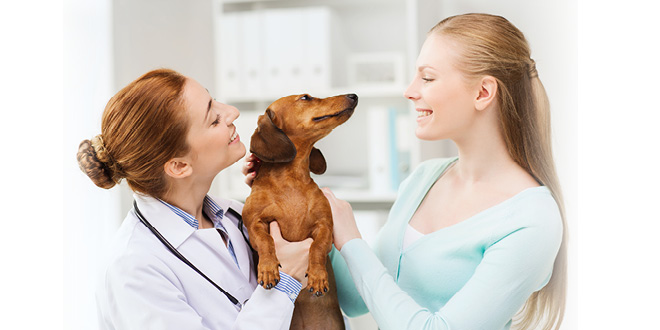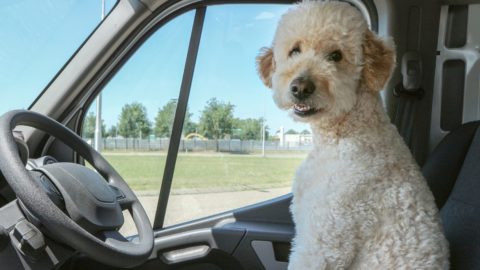Why Regular Vets Visits Are Important

A yearly check-up is essential to the health and wellbeing of pets. During an annual exam, a vet can check an animal’s mouth, gums and teeth, eyes and vision, ears and skin. These checks can ensure, much like human health, anything developing can be nipped in the bud before it gets worse.
Do you plan a well-check visit for your pet each year? Even if your pet does not have an on-going medical condition, it is important for a vet to examine your pet regularly. During a visit, a vet performs a physical exam in which they check the pet’s body from nose-to-tail.
The vet will take the pet’s temperature, look in the mouth, eyes and ears, and feel along the body for signs of internal issues. They may also take a blood sample, and if your pet needs them, give vaccinations.
The exam gives a vet an idea of your pet’s health, then, at future visits, any signs of potential health issues will be easier to spot. Here are some of the areas a vet will look at:
Mouth, gums and teeth: A vet will look for signs of dental problems such as gingivitis, periodontal disease and oral cancer. Early symptoms are oral pain, tooth loss or abscesses, and infection
Eyes and vision: A check on the eyes of a pet may reveal signs of conditions including corneal ulcers, cataracts, dry eyes or glaucoma, left untreated, these can lead to blindness or even loss of an eye
Ears: during a physical exam, a vet typically checks for evidence of ear mites or infection on an animal, if these problems are left untreated they can lead to pain and even hearing loss in your pet
[box type=”shadow” align=”” class=”” width=””]Remember, prevention is important to treating a multitude of conditions that affect cats and dogs, and by scheduling an annual well-check for your pet you can work with your vet to keep your pet tip-top![/box]Skin: A vet will check your pet’s skin for signs of allergies, or the critters which can make a home on our pets – fleas, mites and ticks. Parasites can cause illnesses, and skin changes may indicate any disease that is present
Joints: A gentle manipulation of joints can help a vet to identify any arthritis, hip dysplasia, degenerative back disease and even cancer. Early detection can help prevent pain, reduced mobility and
even paralysis in your pet






